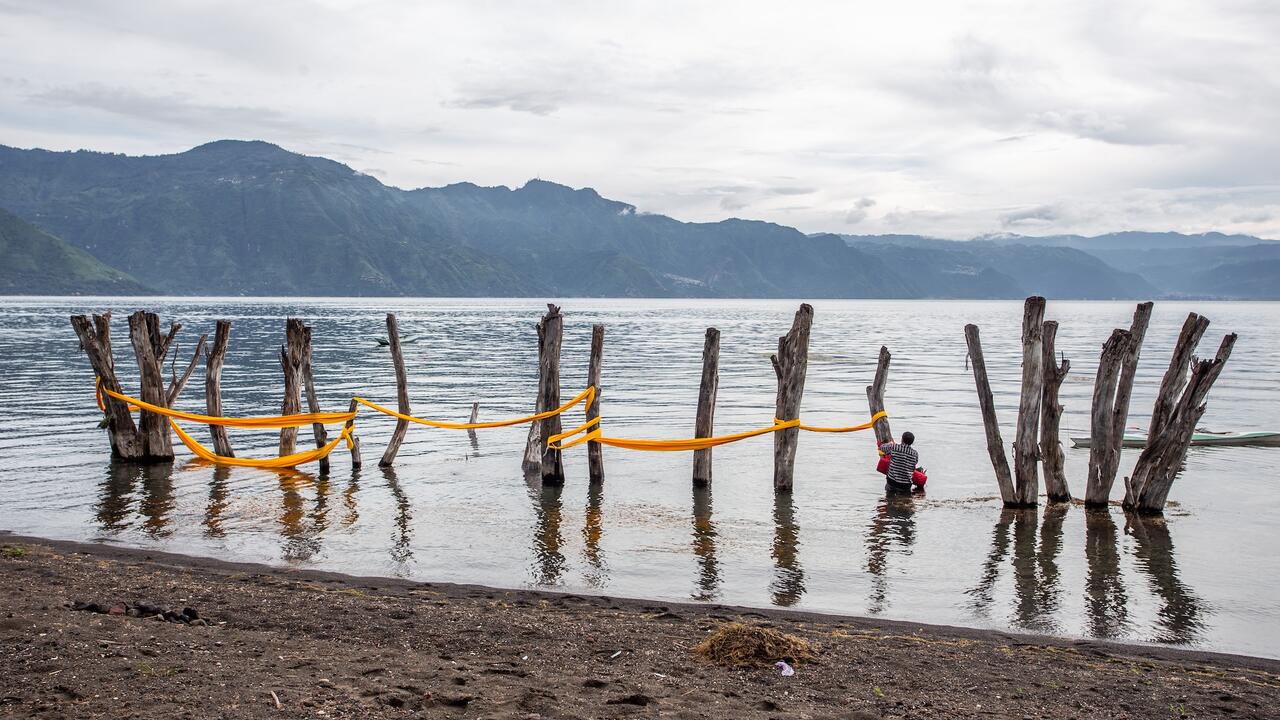Artists’ Pink Seesaws Seek Unity Across US-Mexico Border
The project encourages children on both sides of the wall to play across the divide
The project encourages children on both sides of the wall to play across the divide

A number of pink seesaws have been installed on the steel fence running across the US-Mexico border, allowing children and adults alike to play across the divide. Built by two professors, ‘Teeter-Totter Wall’ aims to bring a sense of unity to the border zone.
The sets of seesaws have been placed between El Paso, Texas, US, and Ciudad Juárez, Mexico by architecture professor Ronald Rael and associate design professor Virginia San Fratello, who first conceived of the idea more than a decade ago.
A post shared by Ronald Rael (@rrael) on
Jul 28, 2019 at 11:22pm PDT
In an Instagram post published by Rael on 29 July, which has since gone viral, attracting almost 200,000 likes, video footage can be seen of people on both sides of the border playing on the seesaws. In the accompanying caption, Rael wrote: ‘The wall became a literal fulcrum for US – Mexico relations and children and adults alike were connected in meaningful ways on both sides with the recognition that the actions that take place on one side have a direct consequence on the other side.’ Rael described the events as ‘filled with joy, excitement and togetherness at the border wall.’
Additional projects by artists are planned for the border zone, including one by an architectural practice based in Mexico, which has designed a pink alternative to US president Donald Trump’s proposals for a border wall, a central policy of his 2016 election campaign.
Don’t miss Sarah Jilani writing for frieze on the political power of mural art: a popular challenge to authoritarianism throughout the 20th century, it persists today, from Tijuana to Hong Kong. ‘The political nature of walls themselves – separating, as they do, nations and ideologies, the public arena from the private – makes them an invocation to artistic expression,’ Jilani writes. And ‘if murals serve as mirrors of political change, then the 20th century’s tumultuous struggles have been widely reflected.’























